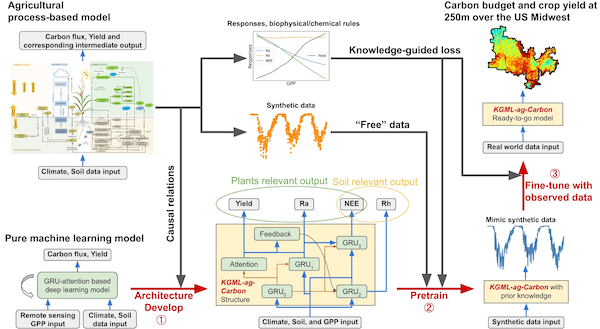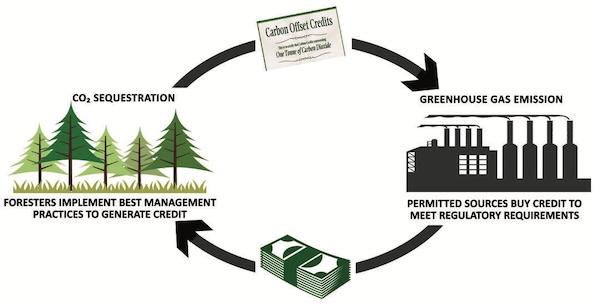As agriculture continues to come under fire for greenhouse gas (GHG) emissions, researchers at the University of Minnesota Twin Cities (UMN) and the University of Illinois Urbana-Champaign (UIUC) have demonstrated that it’s possible to provide accurate predictions of those emissions. The study’s authors say the findings are a critical first step in developing a credible Measurement, Monitoring, Reporting, and Verification (MMRV) of agricultural emissions.
There are already programs in place that pay farmers for practices that reduce greenhouse gas emissions, including some new programs administered by the USDA. However, many of these have been criticized by environmental groups.
A recent New York Times article highlights one of the biggest grievances. The article cites a new study from the Environmental Working Group which criticized the USDA for funding a number of “unproven practices.“ As the article points out, “Measuring agricultural emissions is a lot more complex than monitoring power plants and tailpipes. That makes it hard for any government to measure how well such techniques are working.”
For carbon credit programs to curb the pushback and work effectively for the ag industry, farmers need accurate, scalable, and cost-effective ways of monitoring their greenhouse gas emissions. But gathering that data right now is costly and time-consuming.
Typically, farmers must hire someone to take soil samples, which then need to be sent to a lab for analysis. “To gather the amount of data needed at each individual farm, it could cost the farmers time and money that they may not be willing to give,” said Licheng Liu, the lead author and a research scientist at the University of Minnesota Department of Bioproducts and Biosystems Engineering.
According to the study, the emerging field of Knowledge-Guided Machine Learning (KGML), pioneered by researchers at the University of Minnesota, combines the strength of artificial intelligence (AI) and process-based models from physical sciences. Instead of taking soil cores at every farm, with KGML-ag, researchers can use the power of satellite remote sensing, computational models, and AI to provide an estimate of carbon in each individual field. This allows for compensation to individual farmers that are fair and accurate.
“These knowledge-guided machine learning (KGML) techniques are fundamentally more powerful than standard machine learning approaches and traditional models used by the scientific community to address environmental problems,” said Vipin Kumar, a University of Minnesota Regents Professor and William Norris Endowed Chair in the Department of Computer Science and Engineering and a researcher in the AI-CLIMATE Institute, whose group has pioneered the development of the KGML framework. The hope is that the initial results may “lubricate carbon markets and incentivize adoption of climate-smart practices.”
Researchers from the UMN-led National Artificial Intelligence Institute for Climate-Land Interactions, Mitigation, Adaptation, Tradeoffs and Economy (AI-CLIMATE) are now investigating the potential of the KGML framework for forestry. The team is also exploring a KGML-based data assimilation approach to make use of the rapidly growing different kinds of satellite data flexibly. The full research paper is available HERE.








